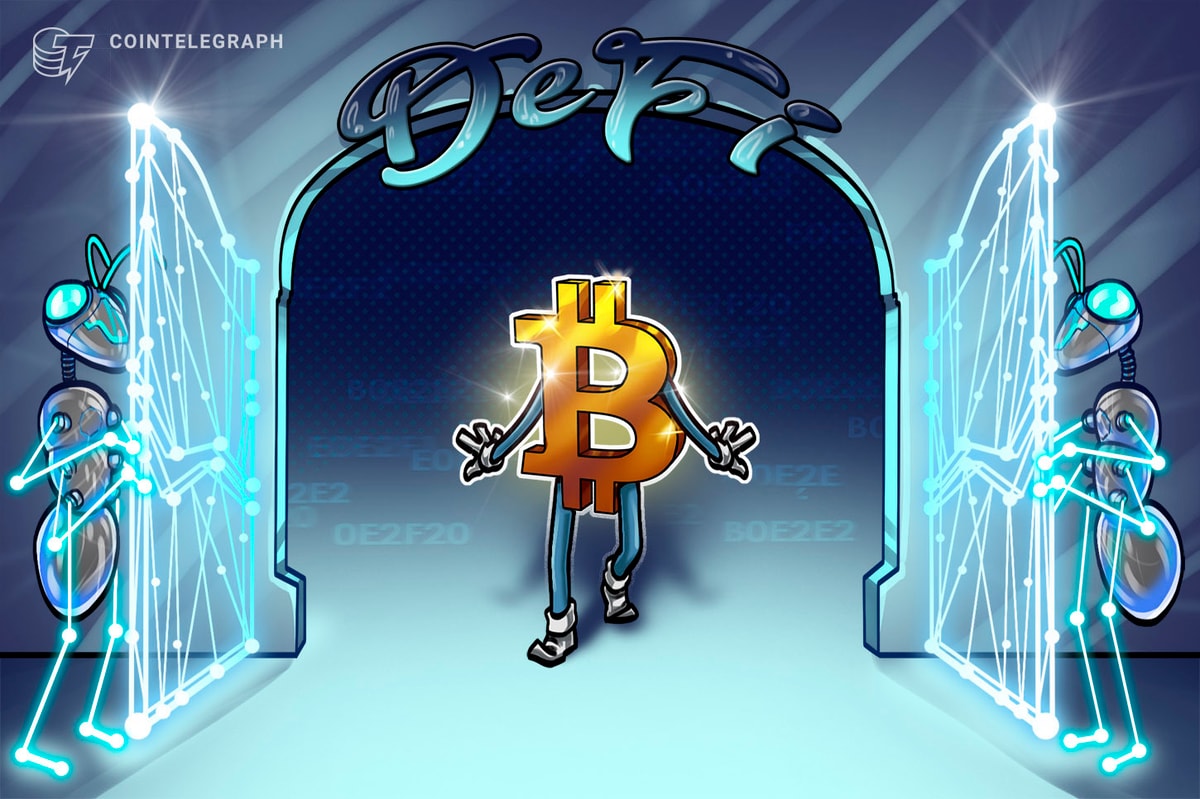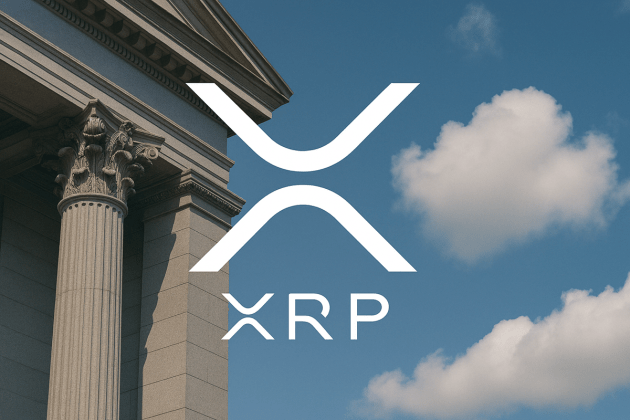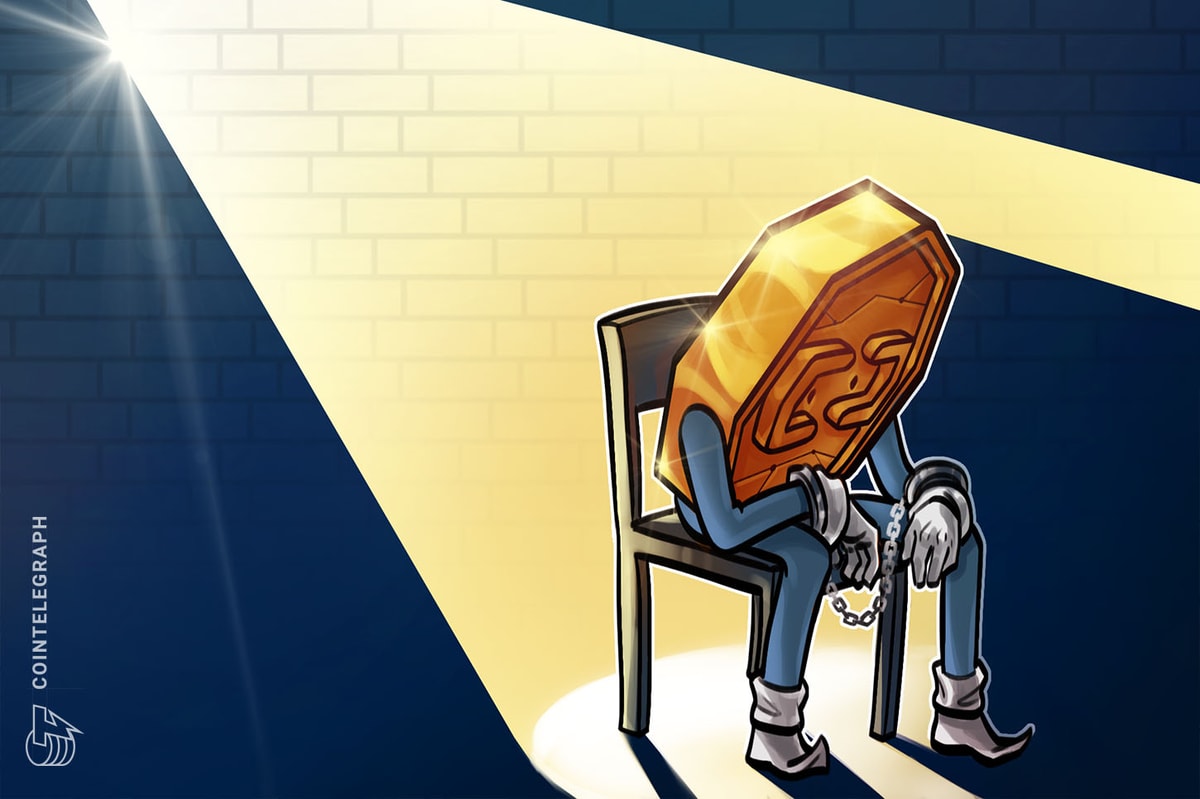While Bitcoin is solidifying its position in mainstream finance, opportunities for growth in Bitcoin-based decentralized finance (BTCFi) products are also expanding. Cointelegraph Research recently released a report written by HTX Ventures, which explores how projects such as Babylon and Fractal Bitcoin are pushing the boundaries of BTCFi. It demonstrates how Bitcoin’s evolving programmability will be used to create advanced financial applications.
Babylon: A new era of Bitcoin staking and liquidity
One of the standout narratives in BTCFi is Babylon’s introduction of Bitcoin-native staking. Historically, there has been no staking on Bitcoin. However, the implementation of Schnorr signatures via Bitcoin Improvement Proposal 340, the Taproot upgrade through BIP 341 — which included Merkelized Abstract Syntax Trees (MAST) — and the update to Bitcoin’s scripting language, Tapscript, in BIP 342, have opened up new opportunities. Bitcoin can now support more complex smart contracts with tens of thousands of spending paths. Babylon leverages these features to enhance both the efficiency and privacy of staking transactions.
According to the HTX report, Babylon has already attracted dozens of projects in an effort to bring liquidity into its ecosystem. Notable examples are StakeStone, which provides native staking yields on different layer-2 networks, and Uniport, an interoperability protocol that ports Bitcoin ecosystem assets such as BRC20 tokens, RGB and Taproot assets to Ethereum. Chakra, a restaking protocol based on zero-knowledge proofs, will also use Babylon.

Babylon generates yield in the form of tokens on the validated chain rather than directly as BTC.
Fractal Bitcoin: Scaling BTCFi beyond the mainnet
Fractal Bitcoin is a network of sidechains that relies on running virtualized instances of Bitcoin core. Fractal creates a recursive, multi-layered system that allows for improved scaling without altering the base layer. The recursive structure of Fractal is reminiscent of fractal patterns, hence the name, and can theoretically provide scalability while maintaining consensus and network security.
Fractal runs multiple instances of Bitcoin Core in parallel, each of which validates its own chain independently. Each instance of Bitcoin Core operates autonomously and uses the inherited Bitcoin protocol rules for internal validation. Fractal periodically submits proofs to the main chain to anchor the instances to the mainnet, such as the Merkle root of aggregated transactions.
This modular approach enables compatibility with Ordinals BRC-20 tokens and Runes. The anchoring process ensures that, despite the virtual instances operating at higher capacities, transactions reach finality with the same level of security as the Bitcoin mainnet. Fractal purports to use discreet log contracts for its asset transfer interface. However, while DLCs can facilitate cross-chain trades, they cannot function as a genuine bridging mechanism that enables peg-ins and peg-outs between the Bitcoin mainnet and Fractal’s sidechains.

Fractal also features a Cadence mining mechanism. In Cadence mining, every third block produced on the Fractal Bitcoin network can be merge-mined with Bitcoin, allowing Bitcoin (BTC) miners to validate both Bitcoin and Fractal Bitcoin blocks simultaneously without extra computational resources. Fractal, therefore, leverages Bitcoin’s security infrastructure.
However, the remaining two-thirds of the blocks must be mined exclusively for the Fractal network. This structure is designed to balance Fractal’s independence from the main chain while still benefiting from Bitcoin’s security during the merged mining intervals.
A bright future for BTCFi
Bitcoin’s recent price surge, fueled by mainstream adoption, will inevitably drive demand for BTCFi. From innovative staking models to novel scalability solutions such as Fractal Bitcoin, these developments signal that Bitcoin’s role in finance is expanding far beyond the digital gold narrative. To provide readers with an in-depth dive into these developments, Cointelegraph Research has made the full report by HTX Ventures available.
This article does not contain investment advice or recommendations. Every investment and trading move involves risk, and readers should conduct their own research when making a decision.
This article is for general information purposes and is not intended to be and should not be taken as legal or investment advice. The views, thoughts, and opinions expressed here are the author’s alone and do not necessarily reflect or represent the views and opinions of Cointelegraph.
Cointelegraph does not endorse the content of this article nor any product mentioned herein. Readers should do their own research before taking any action related to any product or company mentioned and carry full responsibility for their decisions.










